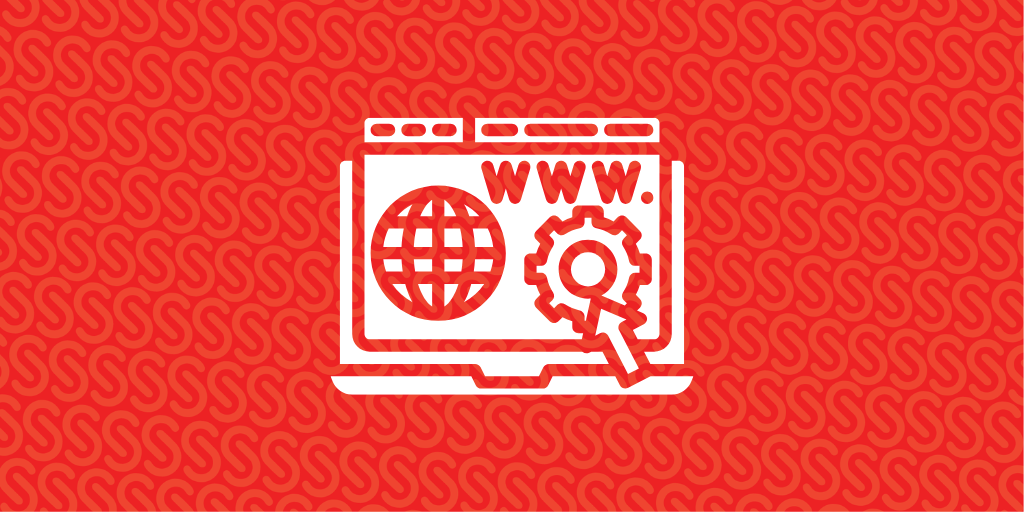Looking to start a blog or website? One of the first and most important steps is to How to Buy a Domain name—your site’s unique online address (like www.yourblogname.com). In this beginner-friendly guide, you’ll learn exactly how to purchase a domain name, from brainstorming ideas to connecting it with your hosting.
Step-by-Step Guide: How to Buy a Domain Name
1. Choose a Domain Name
Before buying a domain, brainstorm a name that’s:
- Short, clear, and easy to type
- Unique and not too similar to existing websites
- Relevant to your blog niche (e.g., food, travel, fitness)
- Brand-friendly and matches your long-term vision
- Free from special characters, spaces, or odd capitalization
2. Check Domain Availability
Once you’ve picked a name, use a domain name availability checker—available on registrars like:
- GoDaddy
- Namecheap
- Google Domains
- Bluehost
- Hostinger
If your domain is already taken, try creative alternatives or different domain extensions like .net, .co, .blog, or .org.
3. Choose a Domain Registrar
A domain registrar is a company that sells domain names. Popular and reliable registrars include:
- GoDaddy
- Namecheap
- Bluehost
- HostGator
- Google Domains
- Hostinger
4. Pick the Right Domain Extension
Domain extensions are the suffix after the dot (e.g., .com). Choose one based on your site’s purpose:
- .com – Most popular and trusted
- .org – Ideal for nonprofits and organizations
- .net – Common for tech or networking sites
- .blog – Great for bloggers
- .co – Trendy alternative to .com
- .in – Country-specific (India)
5. Add the Domain to Your Cart
Once you’ve selected an available name and extension, add it to your shopping cart. Many registrars offer free WHOIS privacy protection, which hides your personal details from public records. It’s highly recommended for security.
6. Create an Account & Provide Billing Information
To proceed, sign up with the domain registrar. Enter basic details like your name, email, and payment method. Most sites offer secure checkout and multiple payment options.
7. Select the Registration Period
Domains are typically registered for 1 year, but you can buy them for multiple years upfront. Longer durations may come with discounts and ensure you don’t lose your domain due to expired registration.
8. Checkout and Finalize Purchase
Review your order, confirm billing info, and complete the purchase. Once payment is successful, you’ll receive a confirmation email, and your domain will be officially registered to you.
9. Set Up DNS (Domain Name Servers)
If you already have a hosting provider (like WordPress, Wix, or Squarespace), you’ll need to connect your domain to your website using DNS settings. Your host will provide the correct DNS records, and most registrars offer easy DNS configuration tools.
10. Track and Renew Your Domain
Domains expire annually, so make sure to:
- Enable auto-renewal
- Set calendar reminders
- Opt for domain protection (offered by most registrars)
Things to Consider Before Buying a Domain Name
Buying a domain isn’t just about choosing a name — it’s a branding and SEO decision. Consider these factors before finalizing:
1. Domain Name Length
Shorter domain names are easier to remember, type, and share. Try to keep your domain under 15 characters if possible.
2. Avoid Trademark Conflicts
Check that your chosen domain doesn’t infringe on an existing brand or trademark. You can search trademark databases (like USPTO.gov) to avoid legal issues.
3. Use Keywords Strategically
If possible, include relevant SEO keywords in your domain name — especially if you’re starting a niche blog (e.g., fitnessgoals.com, digitalnomadguide.com).
4. Consider Social Media Availability
Before purchasing, check if the matching username or handle is available on major social platforms (Instagram, Twitter, Facebook). Consistency across your brand name is helpful.
Can You Change Your Domain Name Later?
Yes, you can change your domain, but it’s not recommended unless necessary. A domain change may affect:
- Your SEO rankings (unless 301 redirects are done properly)
- Brand recognition
- Backlink authority
- User familiarity
Popular Domain Extensions in 2025
Here’s a quick look at some trending domain extensions and their ideal use cases:
| Extension | Best For |
|---|---|
.com | General websites, global businesses |
.blog | Personal and professional blogs |
.shop | E-commerce and product-based sites |
.tech | Technology, SaaS, and startups |
.online | Versatile and creative digital projects |
.ai | Artificial intelligence and tech companies |
.org | Nonprofits, causes, and communities |
.in | India-based businesses or audiences |
Frequently Asked Questions (FAQ)
What is a domain name?
A domain name is your website’s address on the internet, like www.yourwebsite.com. It directs users to your web hosting.
Can I buy a domain without hosting?
Yes. You can purchase a domain name and connect it to a hosting provider later. Some registrars offer parked domains until you’re ready to launch.
How much does a domain cost in 2025?
A domain name typically costs between $10 and $20 per year, depending on the extension (.com, .net, .co, etc.) and the registrar. Premium domains may cost hundreds or even thousands of dollars.
What if my domain name is taken?
If your desired domain is taken:
- Try a different extension (.co, .net, .blog)
- Add keywords or modifiers (e.g.,
getyourblog.com) - Use a domain marketplace like Sedo or GoDaddy Auctions to see if it’s for sale
What is WHOIS privacy protection?
This feature hides your personal contact info from the public WHOIS database, protecting you from spam and identity theft.
What to Do After Buying a Domain?
Once you’ve completed your domain purchase, you should:
- Connect it to your web hosting provider (via DNS settings)
- Install a CMS like WordPress to build your website
- Enable SSL (HTTPS) for website security
- Set up branded email (e.g.,
hello@yourdomain.com) - Plan your website structure and begin content creation

